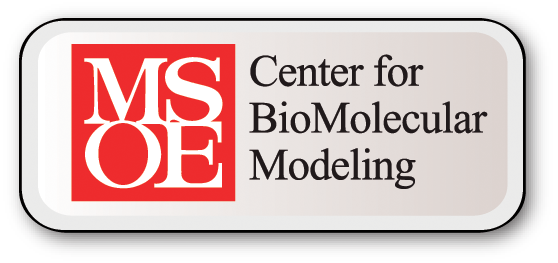Modeling the IgG Fold
An antibody is comprised of four chains, two heavy chains (colored light and dark yellow in the interactive image to the right) and two light chains (colored light and dark red).
Each of these chains has smaller repeating motifs called 'IgG folds'. These folds are 118 amino acids long, comprised of two beta strands and held tightly together with a disulfide bond covalently connecting two cysteine amino acids. In this activity, we are going to focus on a single IgG fold and model it using a toober or other flexible wire of your choosing.
Below are a series of buttons that will help you fold your 118cm long toober into a 118 amino acid long IgG fold, at a scale of 1 amino acid = 1 cm.
1. Begin by marking the start of your protein chain, called the "n-terminus". This starting end is often colored blue to help clearly identify.
2. The IgG fold begins with two beta strands that total 30 amino acids (30cm) in length. Measure this length on your toober and fold it to match the 3D shape of the highlighted section in the image to the right.
3. The protein backbone then switches to the opposite side of the IgG fold to create the first three strands of the second beta sheet, comprised of three beta strands and a total length of 35cm (35 amino acids).
4. The protein backbone then crosses back over again to complete the remaining two strands of the first beta sheet, with a length of 25cm (25 amino acids).
5. The protein backbone crosses over one final time to complete the remaining two strands of the second beta sheet. This region is 28cm long (28 amino acids).
6. Lastly, we can add the two key cysteine amino acid sidechains (cys22 and cys96) that are involved in the disulfide bond between the two beta sheets.

